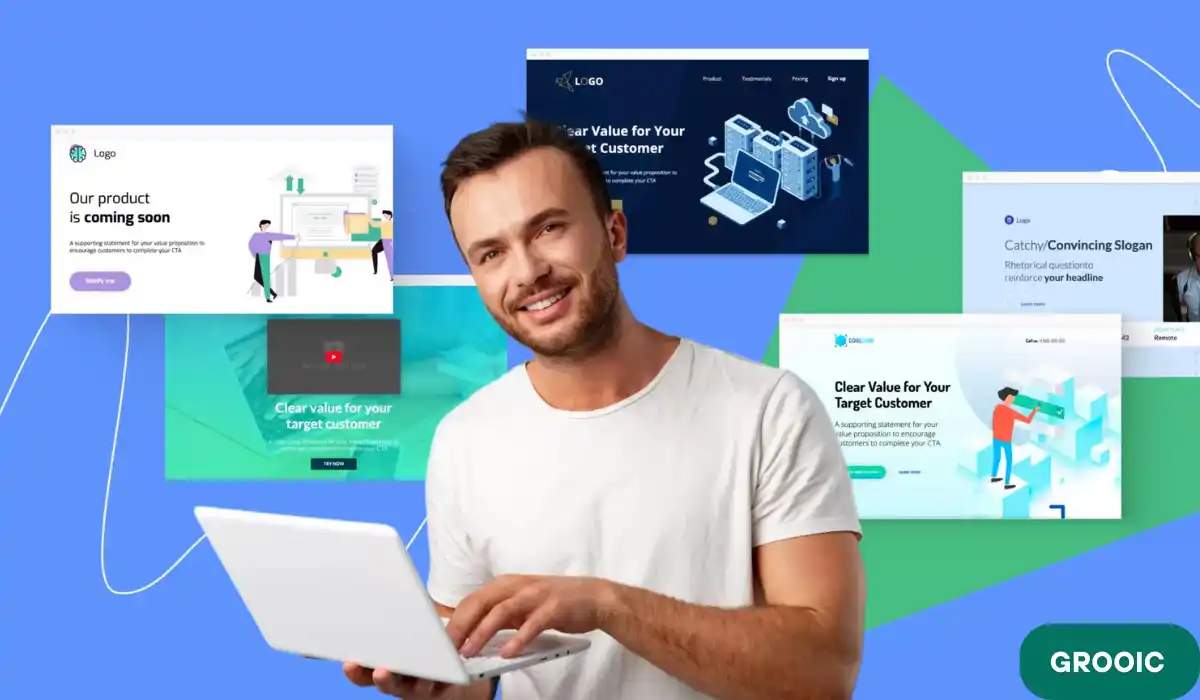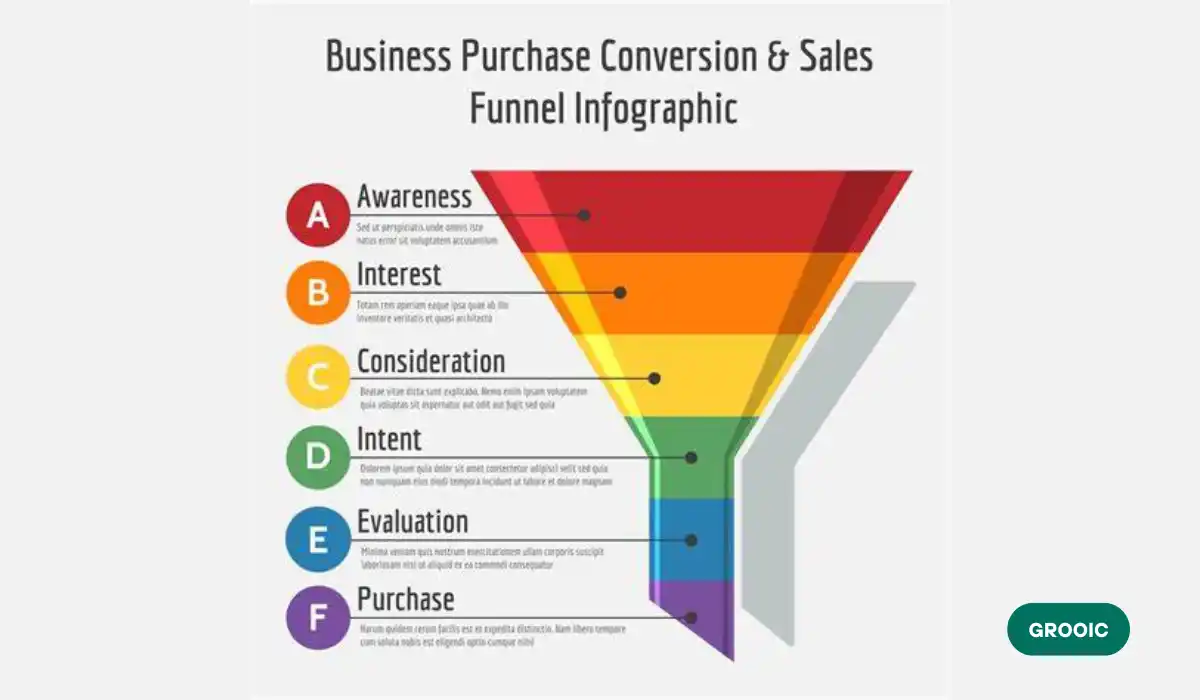Are you looking to boost your e-commerce sales?
Improving product pages to get more customer attention and increase conversions. In this guide, you will learn about product pages and how to optimize your own. Optimizing from Images to Descriptions. Understand and learn everything that can bring you sales and engagements.
Table of Contents
Product Detail Page Best Practices
An efficient product detail page (PDP) is of great importance for businesses in the eCommerce industry who are looking to increase conversions and improve the customer experience. This is an important moment in the customer journey, it is on the PDP where a potential consumer collects everything he needs to decide to buy.
Tips for a Product Detail Page / Solution Pattern.
Use High-Quality Images and Videos
Content is a must in eCommerce. To make your product detail page rank, ensure that you include:
- It should include high-resolution images as well as the product from multiple angles with a zoom feature so that the consumers can take a good look at the product.
- Contextual images: If you can, depict the product in use to help customers realize how they benefit.
- This assists in increasing engagement and a better understanding of the product, also consider adding demonstration videos.
An effective eCommerce product page is important for your offerings and brings sales by providing detailed info. A well-designed product web page should include high-quality images, clear descriptions, and customer reviews to improve user experience and boost conversions.
Attractive Product Descriptions

Be Informative in your Product Description. Key things to include are:
- Detailed specs: Dimensions, Material, other tech-specs
- Highlight your uniqueness: Focus on what makes the product special, and why it solves a specific problem.
- Bullet points: They zero in on each information which makes it easier for your customers to scan the content
Include customer reviews and ratings, because next to the key benefits of the product or service you are offering they provide social proof that can help increase trust and improve conversions. A seamless user experience is crucial for keeping customers engaged and improving overall satisfaction on your website.
A detailed yet well-structured product detail page communicates as well as engages prospects enough to convert leading the visitor to a sale.
| Best Practice | Description |
| High-Quality Images | Use multiple angles and contextual images. |
| Videos | Demonstrate the product in action. |
| Clear Specifications | Include dimensions, materials, and details. |
| Benefits-Focused Descriptions | Highlight unique selling points and solutions. |
| Customer Reviews | Incorporate testimonials for social proof. |
By implementing these best practices, you can create a product detail page that not only informs but also converts visitors into customers.
Case Study
Amazon’s Product Detail Page Optimization Amazon has significantly improved its product detail pages to boost user engagement and conversion rates. By prioritizing,
- Clear product images,
- Detailed descriptions and
- Customer reviews.
Amazon has established a standard for eCommerce websites.
Analytical Data
- A significant 63% of consumers consider product images to be more important than product descriptions when deciding on a purchase.
- Adding videos to product detail pages can boost conversions by as much as 80%.
- 88% of online shoppers depend on product detail pages to determine their purchasing decisions.
- Amazon experienced a 35% rise in sales after enhancing its “Buy Now” buttons for mobile users.
- Pages featuring high-quality images see a 25% increase in conversion rates compared to those with subpar visual presentation.
Product Page SEO
Increasing the visibility of your eCommerce store by optimizing search engines. You should able to draw more organic traffic is all part of SEO for eCommerce.

Product Page SEO is the process of optimizing different on-page elements for your product pages to get highly ranked in SERPs Not only do optimized product pages ensure you improve your search possibilities, but it is also hugely beneficial when providing a better user experience and thereby more conversions.
Maximizing conversions requires a combination of persuasive design, clear calls-to-action, and optimized content tailored to user needs. Here are some strategies for optimizing your product page for SEO:
- Describe Your Products: Keep product titles unique and include relevant keywords to make it easy for search engines to understand what your page is about.
- Optimize Meta Descriptions: Create engaging meta descriptions that use keywords and bring users to visit your page.
- Image Optimization: Loading times have a significant use-case, Google’s threshold of ~2s for Mobile load times. Optimizing images by compressing them and adding alt tags could go a long way in accessibility and SEO terms.
- You will not use internal links: add links to related products or categories so search engines can understand the site structure and users can navigate easily through your site.
- Writing Comprehensive Product Descriptions: Write unique, keyword-rich product descriptions elaborating your product features next to benefits.
CRO (Conversion Rate Optimization) strategies focus on improving user journeys to increase the percentage of visitors who complete desired actions.
Optimizing for Mobile
As the majority of your online shoppers are now migrating to mobile, a product page has to work flawlessly on mobile. This means optimizing for mobile, from making sure your images and content load quickly to responsive page layouts that help users interact with your product page on their small screen.
A well-optimized landing page can significantly boost lead generation and drive more sales for your business.
Customer Reviews
Consumers are actually improving your SEO with user-generated content like reviews on top of your product page.
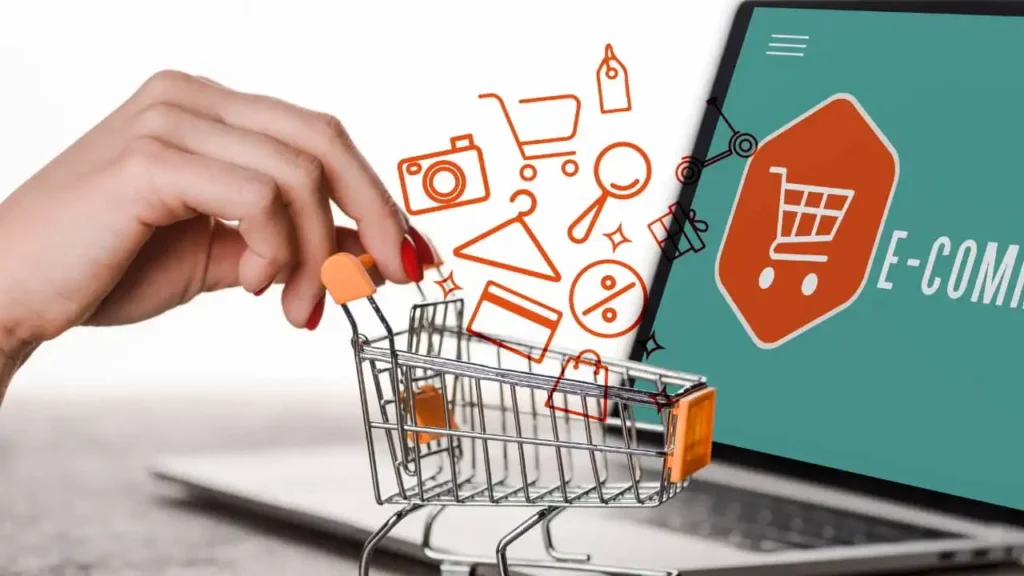
These are important for search engines in ensuring the content is authentic and relevant and help act as social proof to increase trust in your product.
| Key SEO Elements | Description | Importance |
| Product Title | Include keywords and be descriptive | High |
| Meta Description | Use compelling, keyword-rich copy | Medium |
| Image Alt Text | Descriptive text for product images | Medium |
| Internal Links | Link to related products or categories | High |
| Product Reviews | Encourage user-generated content | High |
Implementing product page SEO best practices is important for improving visibility in search results and attracting more organic traffic to your site. By focusing on product page optimization, you can improve both user experience and search engine rankings which will increase conversions and customer engagement.
Case Study
Backcountry’s SEO Optimized Product Pages Backcountry, an outdoor gear retailer, changed its product page SEO strategy, focusing on keyword optimization, rich metadata, and alt text for images.
Cross-selling examples, like offering related products during checkout, can enhance the customer experience while boosting sales.
Analytical Data
- SEO-optimized product pages gain a 25% higher organic traffic rate.
- Pages with detailed meta descriptions, a 5.8% increase in CTR.
- Properly optimized alt text improves organic image search ranking by 15%.
- 78% of eCommerce traffic comes from search engines.
- Optimizing page load speeds reduces bounce rates by 30%.
Category Page Retail Best Practices
An organized category page is important in retail for directing your users to the products they are looking for. An important part of the customer journey.
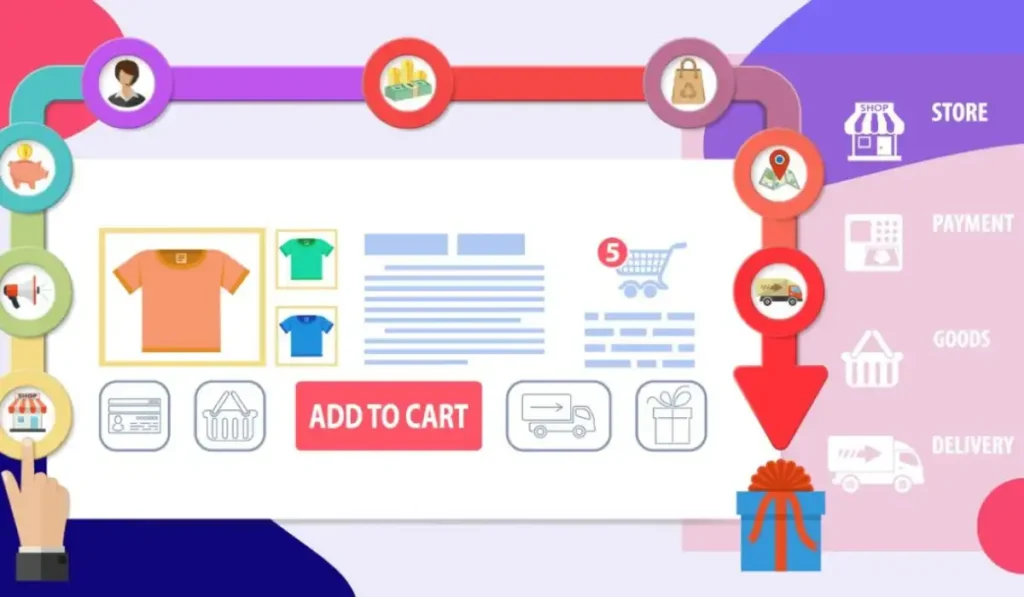
It leads them from discovery to a buying decision. When it comes to optimizing your category page, keep the following best practices in mind:
- Each of your category pages must have a clear navigation menu that helps the user in finding common products throughout each category.
- From relevant Filters: Navigate with the filters for your users in order to filter out more search results. e.g. size, color, brand, and price.
- Standard Layout: Keep layout similar across category pages for ease of browsing familiarity
- SEO Optimization: The category page URLs, headings, and meta description should all include the most relevant keywords being searched for to increase search engine rankings.
Implementing strategies for improving conversions, such as A/B testing and personalizing content, can help turn more visitors into customers.
Design Considerations for Category Pages
The design of category pages is important for a better user experience. Cleans business-like layoutImplant everything in its place, thus users will find exactly what they want to be seeking. Things works best,
- Grid Layout,
- Displaying a product in the website,
- High-contrast buttons.
Product Presentation
Pay attention to your product presentation. Use uniform product images, and couple them with descriptions. Keep prices, promotions, and availability instantly visible to give users the information they need right away.
| Pros | Cons |
| Easy navigation increases engagement | Overloading filters can confuse users |
| SEO improves page visibility | Poorly organized design can cause frustration |
Conversion Rate Improvement
Boosting the conversion rate for your website requires optimization of several phases in customer experience. Conversion rate measures the amount of a given action (for example purchases) as a percentage of an audience.
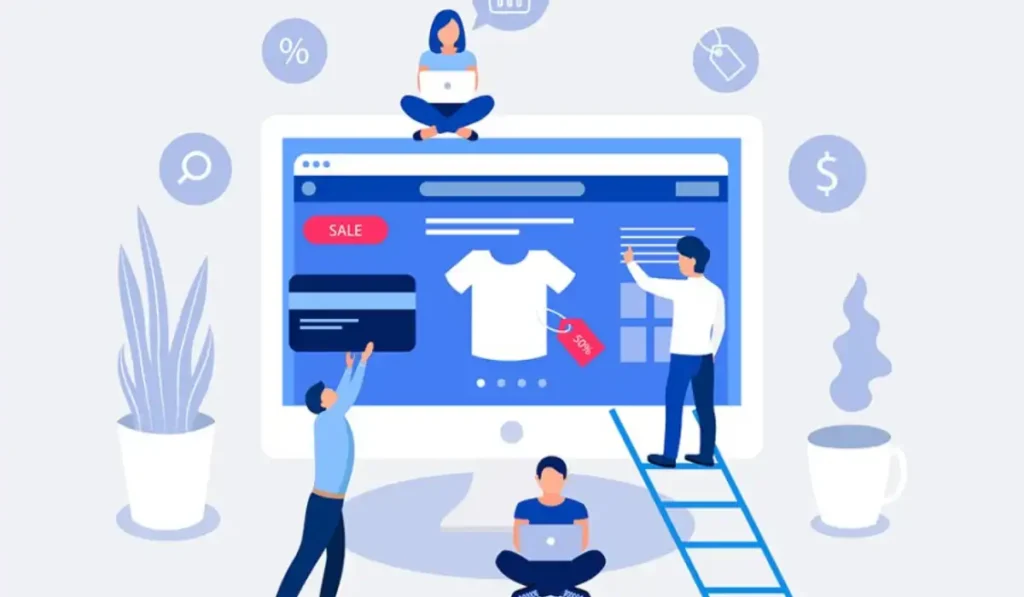
You need to find a balance between improving the user flow experience and making your page elements more convincing.
- Actionable Prominent Call to Action (CTAs): Make sure a CTA is placed and straight to the point as “Buy Now”.
- Social Proof: Use reviews and testimonials to establish your trust.
- Streamlined Checkout: Make checkout as simple as possible without a number of hoops to jump through.
Persuasive Copywriting
High-converting share techniques used in high-converting pages such as countdowns and low supply of stock. Text that solves popular customer issues and with a little bit of effort on your part, how they can be solved using your product.
Optimizing Conversion Funnels
This matters for every aspect of the conversion funnel, from product discovery to checkout. Where users drop off and work to convert them in that area.
| Pros | Cons |
| Increased sales and revenue | Can be resource-intensive to optimize |
| Builds customer trust | Poor implementation may have the opposite effect |
User Experience Design
High-quality User Experience (UX) design is one of the most important aspects of an eCommerce website. This includes making sure the design of your site and its functionality all work together to provide users with a perfect buying process.

- This is done by quick navigation to assist visitors in finding the product they are looking for.
- Thinking design: A consistent color scheme, typography, and design elements for all pages to create a greater experience.
- Quick Load Times: With website users becoming increasingly frustrated with long load times, bounce rates will rise. Your Website Must Load Fast.
Visual Hierarchy in UX Design
UX design, in its most basic form, is like a map of the content on your site and it presents the content to users based on visual hierarchy. It is important to first focus on those elements that have to pop off the page like CTAs, headlines, product images, and copy.
Accessibility Features
Make your website accessible with alt text on images, keyboard navigation, and screen-reader-friendly content.
| Pros | Cons |
| Improved customer satisfaction | Requires ongoing testing and refinement |
| Increases engagement | Complex designs can overwhelm users |
Mobile Friendly Product Pages
At a time when more business is being done via mobile commerce, it’s important to have product pages that are mobile-friendly.

It provides a clean look for your product page and lets the customer shop easily on SmartPhones / Tablets, as it has always been about creating a seamless shopping experience.
- Responsive Design: Make your pages respond to the screen size of the device it renders on.
- Image Optimization: For quicker loading on mobile devices, use compressed images of higher quality.
- Mobile Friendly Navigation: To be an effective shopping option, you need pared-down menu options and click-through buttons that work efficiently on the smaller screens typical of mobile devices.
Touch-Friendly Features
Create product pages that are optimized for touch gestures. Use large buttons for calls to action and product navigation to improve the mobile shopping experience.
Mobile Checkout
Ensure that the mobile checkout process is straightforward, featuring minimal form fields and options such as:
- Autofill and
- One-click purchasing.
| Pros | Cons |
| Expands reach to mobile shoppers | Can be costly to implement responsive design |
| Enhances overall user experience | Requires constant optimization for new devices |
High-Quality Product Images
One of the focused things of product page elements that we will talk about is product images.

High-quality and high-impact images not only attract attention but also deliver key features that could determine whether a prospective buyer presses the “purchase” button.
- Provide different points of view: Display the products with a side perspective view as well to give users an all-rounded understanding.
- Zoom: Use a feature for users to zoom images and see the details closely.
- Lifestyle Photos: Show the product in a real-world setting.
Professional Photography
Investing in professional photography for your products significantly boosts their attractiveness. High-resolution images, combined with the right lighting effectively show the product’s quality.
Image Optimization
Make sure to optimize images for quick loading while preserving their quality. Compress them to ensure fast load times, particularly on mobile devices.
| Pros | Cons |
| Builds trust and credibility | High-quality images require investment in professional photography |
| Enhances user experience | Overuse of images can slow down page load time |
Product Description Writing
Your product description is where you get to portray the benefits and features of your product that should connect with potential buyers.

Great product descriptions can massively increase your conversions by speaking to the needs and resolutions of customers.
- Key Features: Bullet points will give a high-level overview of what the product comes with.
- Highlight Benefits: Highlight how the product adds value to the customer in his or her life or how it helps to solve a problem.
- Keep it Plain: No messages to be added, make the description easy to understand.
Attractive Headlines
An attractive product description headline should capture attention and share the main value proposition. Use action-driven phrases or unique features to ensure your headline is the perfect use.
Optimizing for SEO
Use keywords in your product descriptions to improve search engine visibility. This strategy helps draw organic traffic to your product pages.
| Pros | Cons |
| Enhances customer understanding | Can be time-consuming to write compelling descriptions |
| Boosts SEO rankings | Poor descriptions may lead to low conversions |
Customer Reviews Integration
Customer reviews can be powerful on product pages. Creating high levels of trust and a greater impact on purchase decisions.
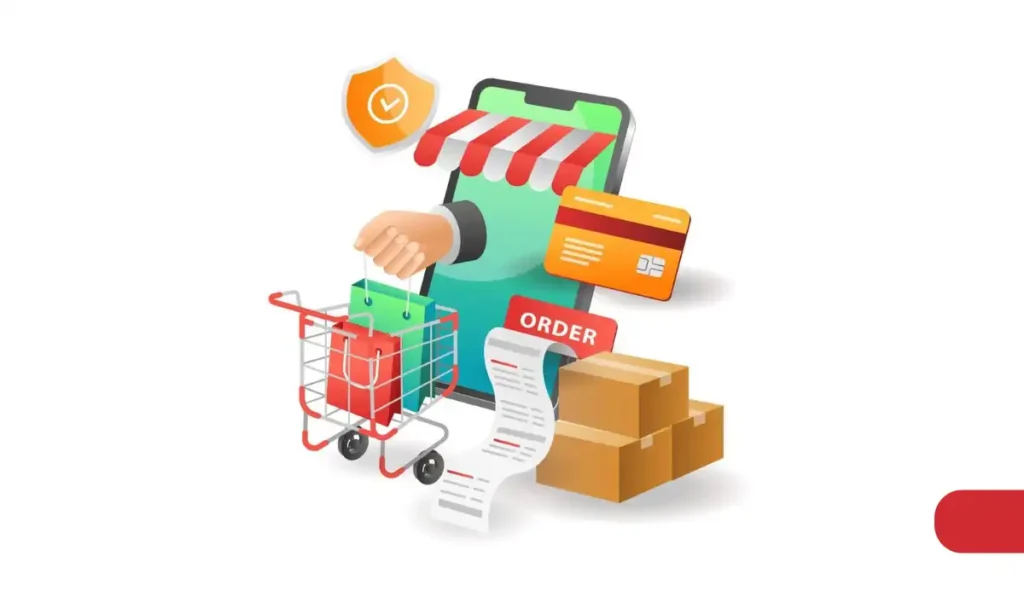
Reviews are social proof in a sense and it helps users trust your content more.
- User-Generated Content: Get your customers to write product reviews and create real content.
- Show Positive Reviews: Use reviews on your site that clearly outline a product’s key benefit or feature.
- Review Filters: Support filtering by rating or features (quality, usability, etc.)
Building Trust with Reviews
Customer reviews provide a level of transparency. When prospective buyers read genuine experiences from others, they tend to trust the product more and are inclined to make a purchase.
Encouraging Reviews
Consider providing incentives, like discounts or loyalty points, to customers who write reviews. This approach can boost the number of reviews and improve the overall credibility of your product.
| Pros | Cons |
| Builds trust and credibility | Negative reviews can deter some buyers |
| Improves conversion rates | Requires moderation to prevent spam reviews |
FAQs
What is the most important element on a product page?
When it comes to a product page, the image is far and away the most important element as it is literally what your customer should see when they purchase your product.
High-resolution zoom images showing different angles of the product inside the cart and shots like contextual usage, can improve customer engagement helping them visualize a better about the product better.
How can I improve my product page’s conversion rate?
There are many ways to improve your product page conversion rate like a good UI/UX layout and pitch-perfect copywriting. Your website should include social proof, customer reviews or testimonials as well as strong CTAs and trust signals to motivate visitors to buy.
Should I use bullet points in my product descriptions?
To make sure your customers can still understand and quickly get the main features and benefits of your products, use bullet points in each description. The thing that is handled nicely in this digestible format because the target audience here, as far as we understand are online shoppers and sadly nobody has time to read complete pages of text.
What makes a good product page?
A solid product page blends aesthetics, detail, and navigation. This may include high-resolution images, and detailed product descriptions that contain placement of price, availability status, and user reviews, to create a frictionless shopping journey with the trust in making a well-informed purchase.
What makes a high-converting product page?
A good product page converts by creating engagement and persuading them to buy through elements like emotional copy, gorgeous visual assets, and a clear layout. By using signals like time-sensitive offers along with social proof and clear, easy navigation you encourage trust from potential buyers.




